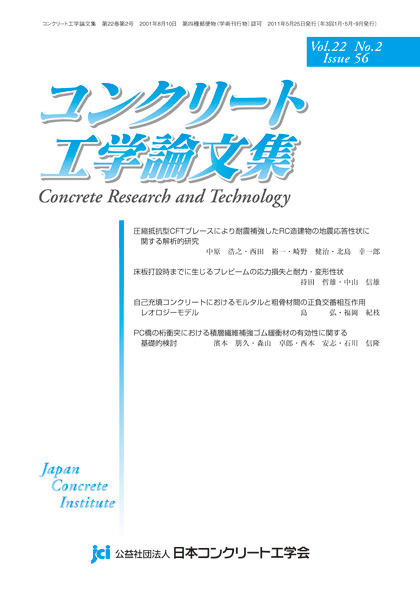Volume 10, Issue 3
Displaying 1-5 of 5 articles from this issue
- |<
- <
- 1
- >
- >|
-
1999Volume 10Issue 3 Pages 1-15
Published: September 30, 1999
Released on J-STAGE: November 13, 2012
Download PDF (13939K) -
1999Volume 10Issue 3 Pages 17-31
Published: September 30, 1999
Released on J-STAGE: November 13, 2012
Download PDF (1939K) -
Limit Analysis of RC Shear Walls by the Yield Line Theory Considering Interaction of Combined Forces1999Volume 10Issue 3 Pages 33-46
Published: September 30, 1999
Released on J-STAGE: November 13, 2012
Download PDF (1913K) -
1999Volume 10Issue 3 Pages 47-59
Published: September 30, 1999
Released on J-STAGE: November 13, 2012
Download PDF (2124K) -
1999Volume 10Issue 3 Pages 61-68
Published: September 30, 1999
Released on J-STAGE: November 13, 2012
Download PDF (1032K)
- |<
- <
- 1
- >
- >|
